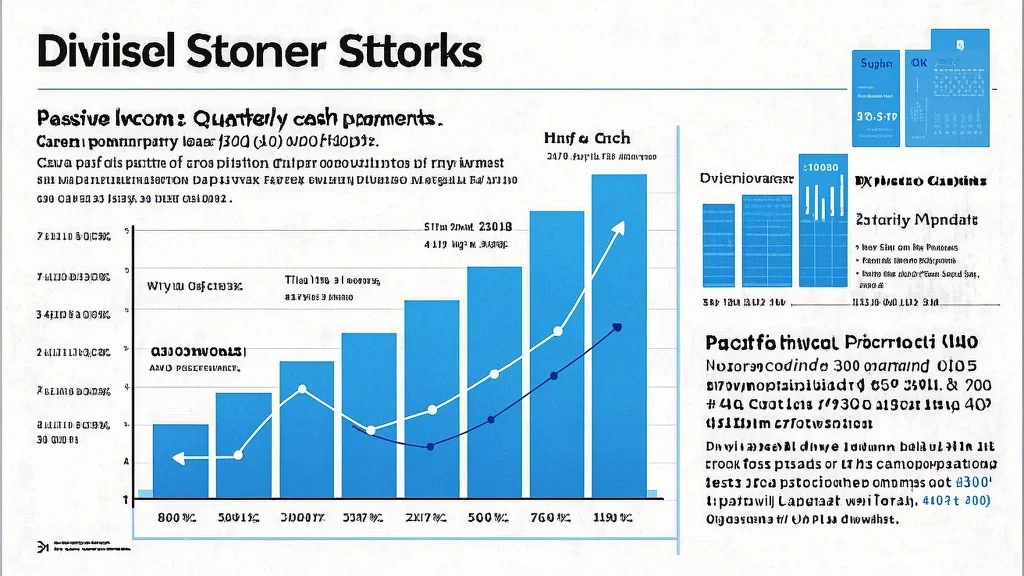Building wealth through dividend stocks investment
The power of dividend stocks investment lies in its dual benefit approach – providing both income and growth potential. Companies with long dividend histories tend to be financially stable, having weathered various economic cycles. The most successful dividend stocks investment strategies focus on dividend growth rather than just high current yields, as these companies typically have stronger fundamentals and better prospects for capital appreciation. Reinvesting dividends through DRIP (Dividend Reinvestment Plans) compounds returns over time, turning modest initial investments into substantial holdings. Investors should evaluate payout ratios to ensure dividends are sustainable, with 60-75% generally considered healthy for most industries. Sector diversification matters in dividend portfolios, as different industries offer varying yield characteristics and growth prospects. Regular portfolio reviews help identify when to trim positions where dividend safety may be deteriorating or add to those with improving fundamentals.
Identifying the best dividend stocks to buy
Selecting the best dividend stocks to buy requires analyzing multiple financial metrics beyond just yield. Dividend aristocrats – companies with 25+ years of consecutive dividend increases – offer proven track records of maintaining payouts through market cycles. The most reliable best dividend stocks to buy demonstrate consistent revenue growth, strong cash flow generation, and manageable debt levels. Investors should examine free cash flow coverage of dividends rather than just earnings, as this provides a clearer picture of payout sustainability. Sector leaders with competitive advantages (wide moats) often make superior long-term dividend investments. Many successful dividend investors focus on companies with dividend yields slightly above the market average but with higher-than-average dividend growth rates, as these tend to outperform over extended periods. Geographic diversification can also enhance dividend portfolio resilience, as different regions may offer attractive yields at various points in the economic cycle.

Essential stock market tips for beginners in dividend investing
New investors should heed fundamental stock market tips for beginners when starting their dividend journey. Beginning with dividend ETFs or mutual funds provides instant diversification while learning the ropes. The most valuable stock market tips for beginners emphasize starting early to maximize compounding benefits, as time in the market matters more than timing the market. Dollar-cost averaging into positions reduces the impact of market volatility on entry points. Beginners should avoid chasing the highest yields, as these often signal underlying problems rather than opportunities. Understanding tax implications of qualified versus non-qualified dividends helps optimize after-tax returns. Building a core portfolio of 15-20 quality dividend payers across sectors creates a solid foundation that can be expanded over time. New investors benefit from focusing on companies with straightforward business models they can understand, avoiding complex financial or industrial names until they gain more experience.
Developing effective long-term stock investment strategies
Successful long-term stock investment strategies for dividend growth require patience and discipline. The “buy and monitor” approach differs from passive buy-and-hold, requiring regular review of company fundamentals without overreacting to short-term price fluctuations. The most rewarding long-term stock investment strategies involve reinvesting dividends automatically and adding new capital systematically. Sector rotation within a dividend portfolio can enhance returns, increasing exposure to undervalued sectors while trimming overvalued ones. Many investors employ a “core and explore” approach, maintaining stable positions in blue-chip dividend payers while allocating a smaller portion to higher-growth potential names. Tax-efficient placement of dividend stocks across taxable and tax-advantaged accounts can significantly improve net returns over decades. Long-term investors should focus on companies with sustainable competitive advantages and the ability to raise prices over time, as these characteristics support continued dividend growth through various economic environments.
Practical stock market investment advice for income investors
Seasoned professionals offer timeless stock market investment advice for building dividend portfolios. Maintaining a cash cushion allows investors to capitalize on market downturns when quality dividend stocks become undervalued. The most valuable stock market investment advice emphasizes portfolio construction over stock picking – proper sector allocation and position sizing matter more than any single holding. Investors should avoid overconcentration in popular high-yield sectors, as this creates unnecessary risk during sector-specific downturns. Regularly reviewing dividend coverage ratios and payout trends helps identify potential problems before they result in dividend cuts. Many successful income investors ladder dividend payment dates to create more consistent cash flow throughout the year. As portfolios grow, investors may consider dedicating a portion of dividends to new opportunities while using the remainder for living expenses, maintaining a balance between current income and future growth.
Integrating strategies for dividend investment success
The most successful dividend investors combine these dividend stocks investment approaches with long-term stock investment strategies to build enduring wealth. This might involve using dividend growth screens to identify potential buys while employing strict quality metrics to evaluate candidates. Investors should remain flexible – sometimes the best opportunities emerge during market pessimism about particular sectors. Continuous education about evolving tax laws, accounting standards, and industry trends helps maintain an edge. Ultimately, dividend investing success comes from consistency rather than brilliance – systematically investing in quality companies, reinvesting dividends, and allowing compounding to work over decades yields superior results to chasing hot trends. By focusing on sustainable dividend growth, prudent risk management, and long-term perspective, investors can build portfolios that provide growing income streams and capital appreciation through all market conditions.
